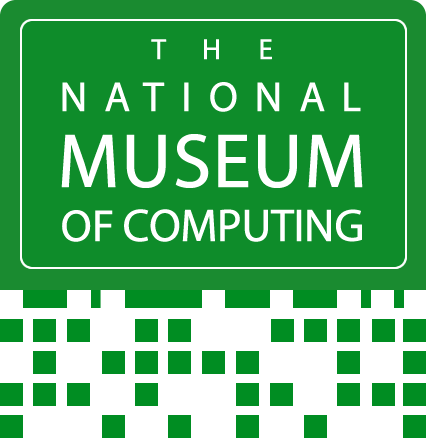Fifty Years Ago .... from the pages of Computer Weekly
/31st July 1975 computing, compiled by TNMOC volunteer archivist, Brian Aldous.
A selection of stories from Computer Weekly from 31st July 1975. The full archive of Computer Weekly can be seen at TNMOC, where there are special rolling displays of front pages from 25 and 40 years ago.
Port system examined by Customs: A major study is under way at the Department of Customs and Excise to examine the feasibility of developing a computerised import-export entries system for the major ports, providing the same kind of service as the LACES air cargo system at Heathrow. The report of the study group is under way, and a decision is expected within the next three months on the system to be implemented. The department wants the system running in about a year, and it would eventually link about 15 ports to the Customs and Excise computer centre at Southend at which VAT applications run on a twin System 4 installation. Software is being developed capable of running on either System 4 or ICL 2900, and so a major decision will be whether to acquire another System 4, run the system on the VAT machines, or get a 2900, which, however, would probably' not be ready by the deadline (CW 456 31/7 1975 p1)
Aiding diagnosis of tumours: The diagnosis of tumours and other abnormalities in the body is to be assisted at Aberdeen University by a Digital Equipment PDP-11/40, which is to be bought by the Medical Physics Department under a £38,801 grant from the Scottish Home and Health Department. The computer will process output from a special radio-isotope scanner developed by the Medical Physics Department. Radio-isotope scanning techniques are fairly standard in diagnosing bodily abnormalities, but normal techniques permit only views from the front, back or side of a patient. A scintillation counter developed at Aberdeen enables a “slice” across a patient to be examined. Signals from the scanner are recorded on magnetic tape and input to the computer, which reconstructs the view, either on a visual display unit or on a colour printing device which works on the same principle as a plotter. This unit, too, was developed at Aberdeen. The 32K PDP-11/40, which replaces a seven-year-old PDP-8/1, will speed up the processing of information and enable the department to undertake the scanning of all parts of the body. The PDP-8/1 only provided enough processing time to diagnose abnormalities in the brain. (CW 456 31/7/1975 p6)
Magnetic system for newspaper offices: Paper tape readers and punches at the Express and Star newspaper offices in Wolverhampton have been replaced with a magnetic tape cassette system developed by Warren Logic of Telford. Shropshire. Known as Digiterm, the new unit is based on a cassette drive marketed by Racal. The Express and Star operates a minicomputer-based typesetting system supplied by Press Computer Systems. Originally all I/O work to the central Digital Equipment PDP-11/20 minis in the PCS system was done by paper tape. Now, output time from a PDP-11 unit has been reduced by half and the input procedures for the photosetter have been simplified. Each cassette used with a Digiterm has a capacity of 50,000 characters which is equivalent to half a reel of conventional paper tape.
The Warren Logic Digiterm is a fully compatible replacement for any paper tape reader or punch. To overcome problems of identification of data recorded on a tape, a 15 or 32 character alphanumeric display is fitted to each Digiterm. (CW 456 31/7/1975 p11)



